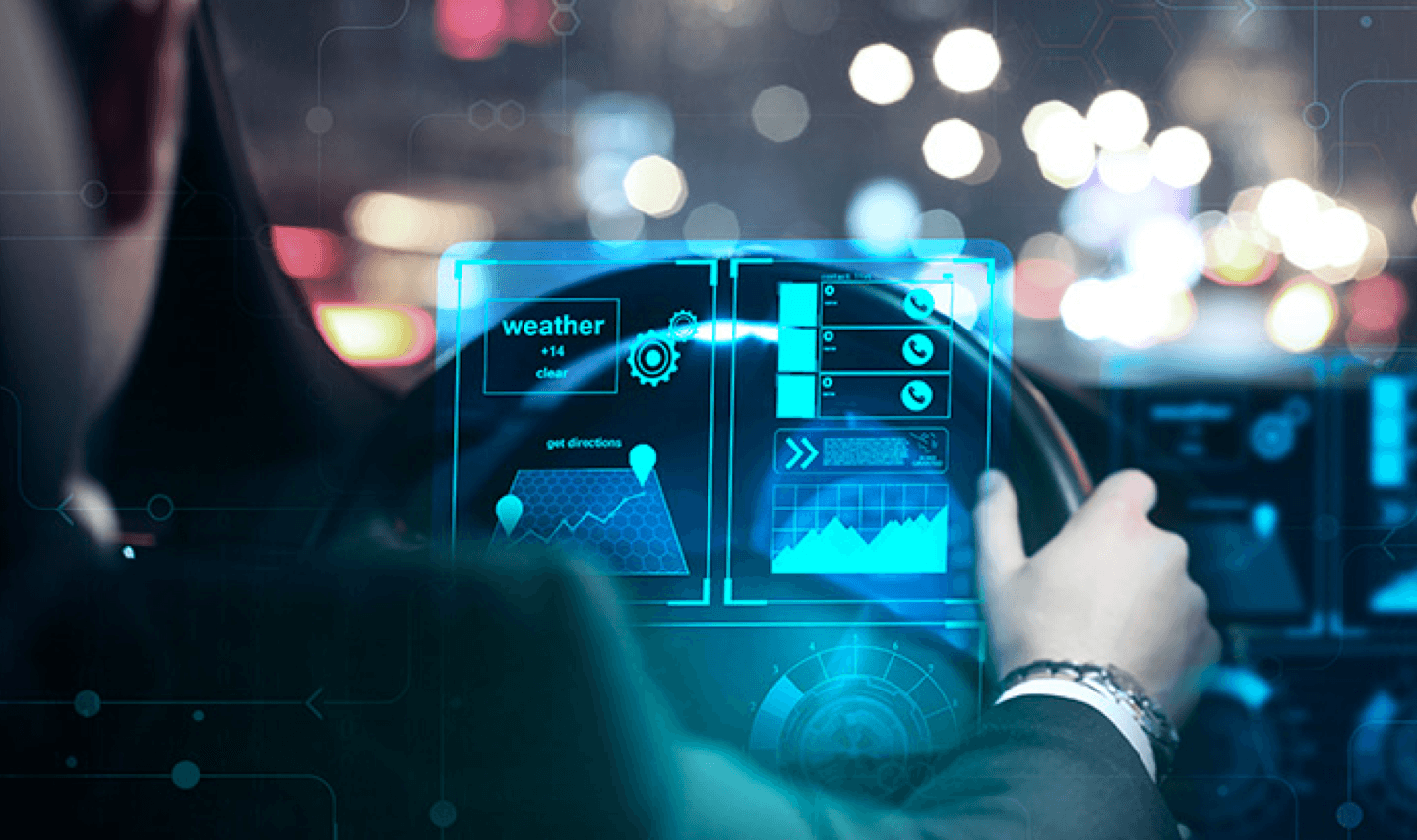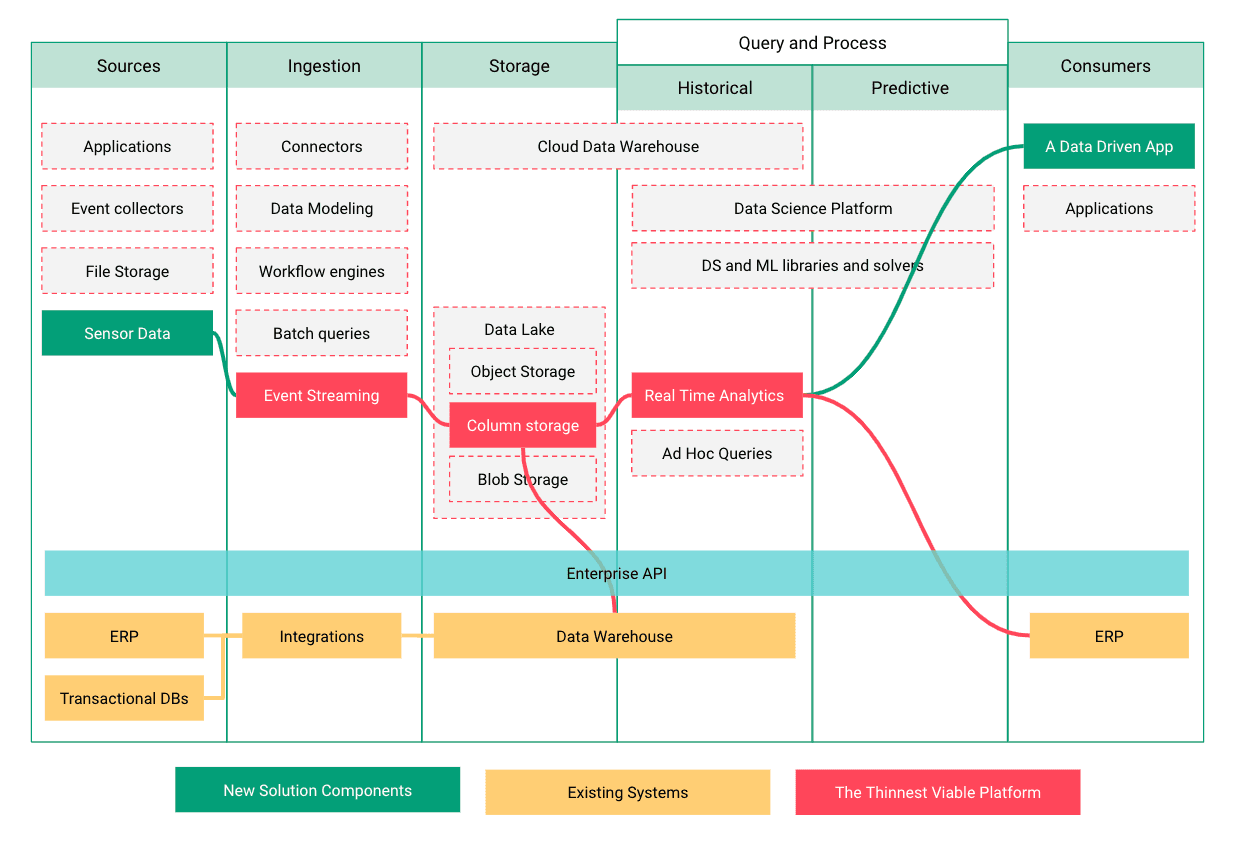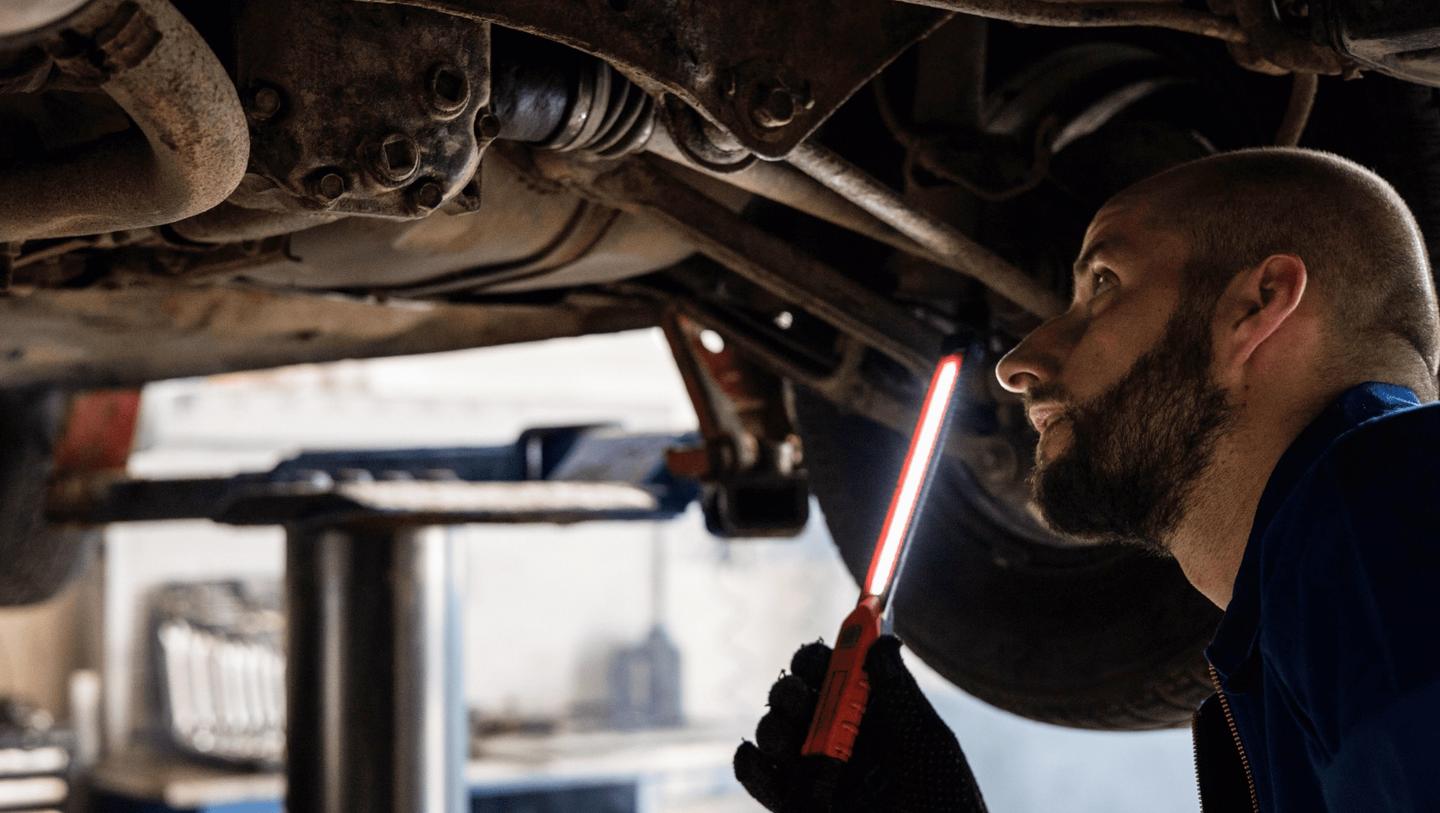Enhancing automotive customer service: Unleashing the power of data and analytics
In the rapidly evolving automotive industry with direct to customer sales initiatives, new and somewhat-mature technologies and evolving infrastructure inside and arround the cars (e.g.charging solutions, etc.) providing exceptional customer service is no longer just a competitive advantage; it has become a necessity.

Furthermore the connection between customer service and business success, no matter how a company defines “success” is clearly worked out.
Today's customers demand personalized experiences, seamless interactions, and prompt resolutions to their queries and concerns. To meet these expectations, automotive industry leaders must learn from other industries e.g. retail and leverage the power of data and analytics to create, build, and run relevant and intelligent support functions.
Smarter customer service through data and analytics
Data and analytics have the potential to bring an unprecedented level of visibility into business processes and enhance decision-making in automotive operations. By harnessing the right tools and technologies, organizations can transform their operations and achieve new levels of efficiency and effectiveness. Here, we will discuss how incremental implementation of data and analytics solutions can deliver substantial business value without requiring a massive upfront investment.
Identifying use cases and business benefits
The application of data and analytics in (automotive) customer service depending on the specific use case in the customer journey from support in crisis situations to assistance in financial questions, etc. The key lies in identifying the most crucial situations the car drivers are in and that can benefit from data-driven insights. A user centered service design approach and a deep understanding of the user is key for this step. Something Futurice demonstrates in all of its work, with K-Auto, SAS Airlines, BMW or Audi.
Insights based on live diagnosis data from the vehicle or the customer service history help the customer service to transform from a reactive to a proactive communication, without annoying them.
Overcoming challenges and complexity
One of the primary challenges in harnessing data for operational use in customer service is the complex web of interlinked systems and data sources within automotive enterprises. Large organizations often juggle multiple Enterprise Resource Planning (ERP) tools simultaneously, adding to the complexity. This intricacy, coupled with traditional approaches to enterprise data, can make the idea of end-to-end visibility in business operations seem overwhelming. However, there is a solution: adopting a lean and incremental approach to data and analytics implementation.
Creating a Thinnest Viable Platform
To address the challenges posed by complexity, organizations can adopt a strategy known as "creating a Thinnest Viable Platform". This approach involves adding only the necessary cloud-based tools to meet specific business needs, making data usable through well-designed and visualized user interfaces. By building modern data flows on top of existing cloud and legacy systems, organizations can avoid complex integration projects and achieve incremental development aligned with evolving business requirements. This approach ensures that the data platform grows alongside the organization's needs, delivering continuous value without a massive upfront investment. Combined with a user-centered front-end visualization you can ensure that the right person draws the right conclusions at the right time from it, in a language they understand.

Further more event-driven digital architecture is gaining momentum as a strategic choice, and understanding its benefits, real-life examples, and high-level technology choices can empower us to make informed decisions and unlock new opportunities for our organizations. Let's explore this perspective further.
Strategic Benefits
- Scalable Growth: Event-driven architectures offer scalability, enabling businesses to handle increasing volumes of events and data. Companies like Uber have leveraged event-driven architecture to support their massive user base and dynamic content delivery. By adopting technologies such as Apache Kafka for event streaming and Apache Flink for stream processing, organizations can seamlessly scale their systems to meet growing demands.
- Real-Time Responsiveness: Event-driven architectures enable businesses to respond to customer needs in real time, delivering personalized and timely experiences. Amazon, with its event-driven approach, ensures seamless order processing and fulfillment by orchestrating events across their vast supply chain. Technologies like AWS Lambda and Apache Pulsar provide the real-time event processing capabilities necessary to enable such responsiveness.
- Innovation and Agility: Event-driven architectures foster innovation and agility by allowing modular and loosely coupled systems. Uber, for example, leverages event-driven patterns to handle real-time ride requests and driver assignments across its platform. Technologies like Apache Kafka and Apache Samza enable Uber to process millions of events per second, driving operational efficiency and supporting continuous innovation.
Real-world case examples
Let's explore two real-world case examples, that we are able to share that illustrate the transformative power of data and analytics in operations/ customer service.
VR Group – Data and analytics enable better commuter rail service
Finnish railway company VR Group implemented a situational awareness system called Ohjus to enhance their commuter train disruption management. By utilizing data from existing systems, VR Group empowers operation center personnel with real-time insights, visualizations, alerts, and prioritized task lists. This system enables faster decision-making and decentralized actions, reducing train cancellations due to missing drivers by an estimated 60%.
Fortum - Optimizing hydropower production
Fortum, a leading energy company, leveraged data and advanced analytics through their system named Apollo to optimize hydropower production planning. The intuitive user interface and automation capabilities of Apollo enabled efficient management of hundreds of hydropower generator assets, automated optimizations using state-of-the-art methods, and flexible analysis of results. Fortum achieved enhanced asset efficiency, shortened planning cycles, and improved scenario simulation capabilities.
Conclusion
The future of customer service in the automotive industry is data-driven and customer-centric. By harnessing these powerful tools, organizations can unlock new levels of customer satisfaction and gain a competitive edge in a rapidly evolving market. From identifying crucial use cases to overcoming complexity and implementing lean solutions incrementally, the journey to smarter customer service starts with a strategic focus on data and analytics. Embrace this transformation and position your organization as a leader in delivering exceptional customer experiences. If you have any questions what Futurice can do not hesitate to contact us at Sebastian Philipp | Christoph Nützel.
 Christoph NützelHead of Technology and Data, Germany
Christoph NützelHead of Technology and Data, Germany Sebastian PhilippPrincipal Mobility, Germany
Sebastian PhilippPrincipal Mobility, Germany

